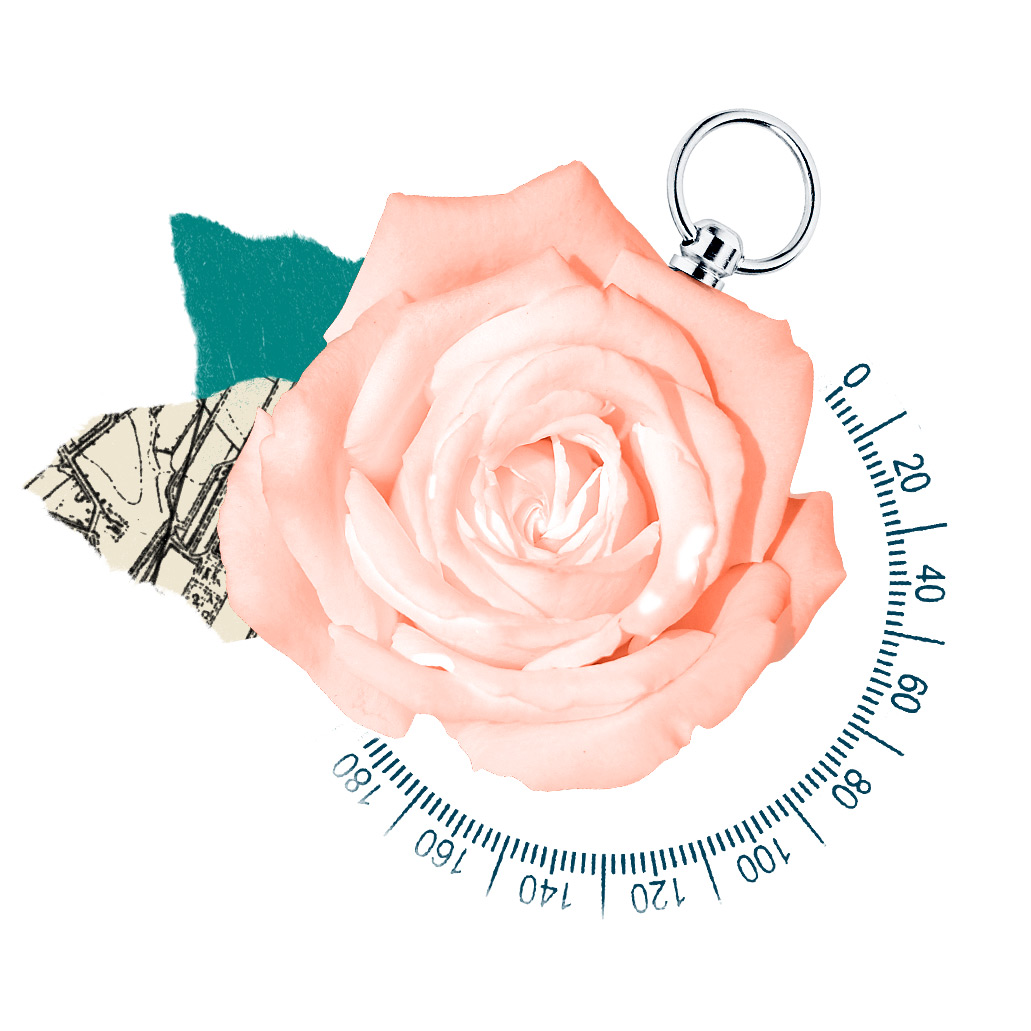Find Lessons
We’ve scoured the best sources from around the world and put them in one place. Use our filter below to find what works best for you and your students.

We’ve scoured the best sources from around the world and put them in one place. Use our filter below to find what works best for you and your students.

36 Results Meet Your Requirements
Watch a video by Yad Vashem on the ghettos that features diary entries from a child living in the Lodz ghetto.
Students will learn about the difficult circumstances that survivors faced after the war in rebuilding their lives, and learn about the different factors in many people's decision not to return to the countries where they had previously lived.
Create a poem based on letters written by Holocaust victims sent to family members from home, hiding, ghettos, prisons, and concentration camps.
Learn about the complex and trying time that Germany experienced during the Weimar Republic (1919-1933).
Examine the concordat that tied the Catholic Church to the Nazi Regime and continues to spark controversy today via this expository reading from Facing History and Ourselves.
Compare and contrast a map from before World War I to a map after World War I. Students analyze the significance of the changes in the map, looking particularly at the countries that comprised the Axis powers and the Allied powers.
Explore a summary of contemporary antisemitism, spanning the history between World War II and today.
Explore the relationship between art and politics by analyzing pieces from the Weimar Republic.
Explore art created by victims of Auschwitz and the reasons and risks people took in order to create them.
Students will learn the definition of being a bystander to the Holocaust. They will have the opportunity to think critically about what it really means to be a bystander, the different levels of inactivity and passivity, and whether or not calling oneself a bystander deflects responsibility.
Students will create and build upon a working definition of resistance. To do so, students will read a poem on resistance and a call to action written by Abba Kovner.
Experience the vitality and power of a song written and sung by prisoners in the Dachau Concentration Camp in southern Germany by inviting your students to critically evaluate its lyrics.